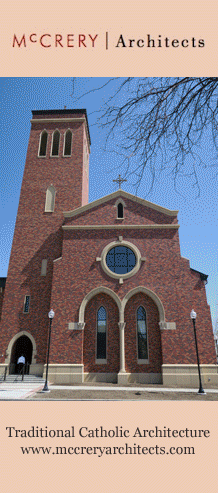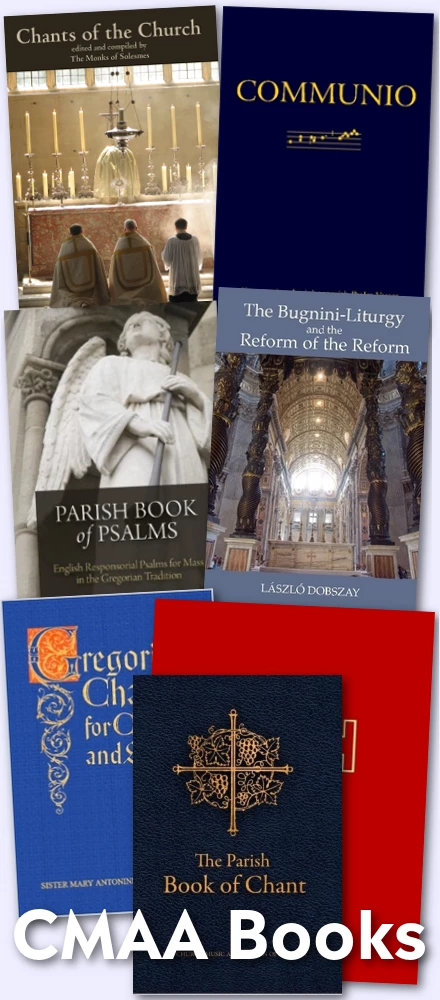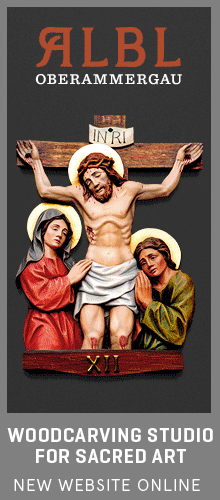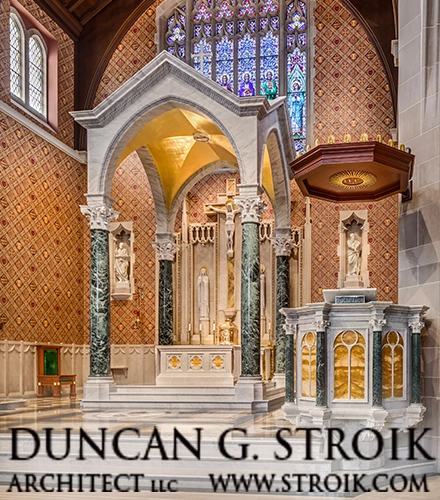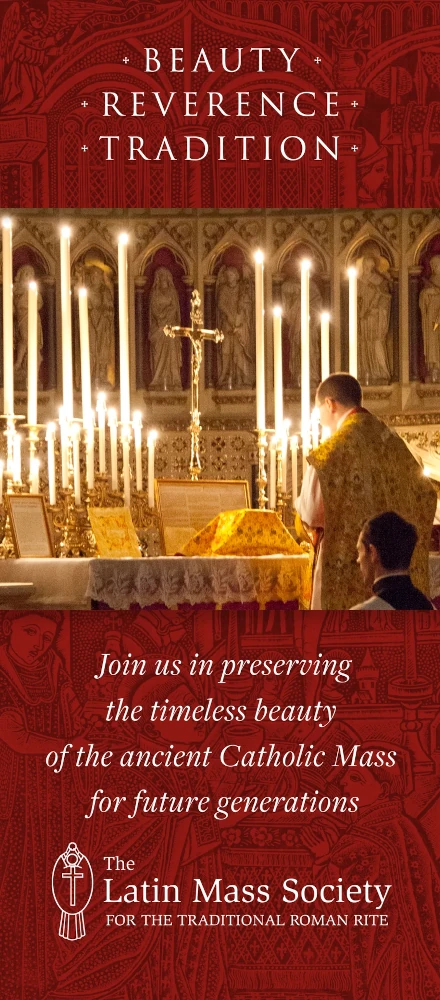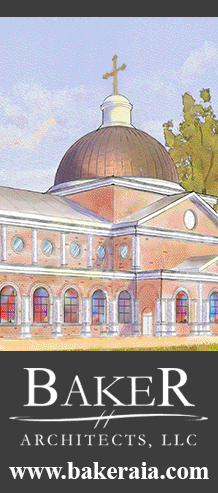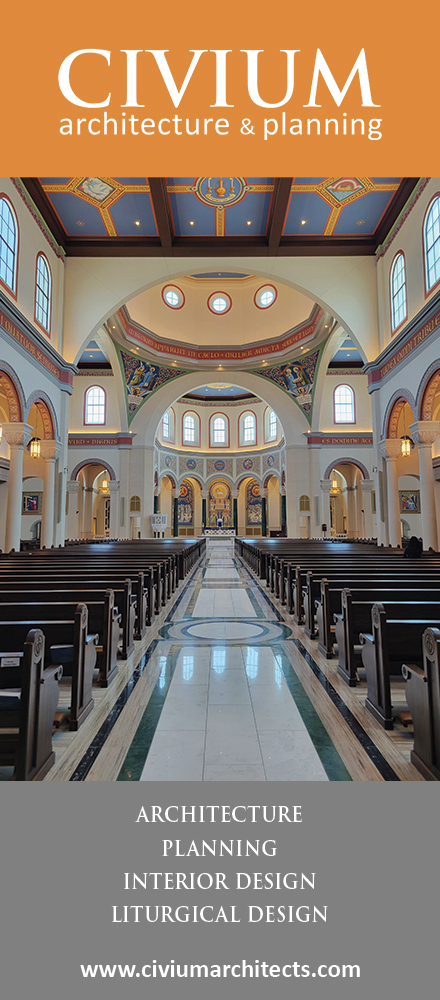As I had earlier mentioned I was in Budapest with the Dominican Sisters of the Congregation of St. Margaret of Hungary from August 4-8, giving them a series of conferences on the history of the Dominican Liturgy and its Spirituality.
I was invited by their Prioress General, Sister Hedvig Deàk Viktória, O.P. The Congregation was founded in 1868 and reached a total of 200 sisters, but then was suppressed by the Communists. A courageous group of sisters, never more than 15, kept the congregation alive in secret, while holding jobs in the secular world as teachers, nurses, and one even as a psychiatrist. They have rebounded since the reestablishment of common life in 1991, and now number just under 40. Today they emphasize education and have sisters teaching all age levels from Kindergarten up, including four professors at Sapientia College in Budapest. If readers would like short history of the congregation, they can find it here (in English).
I will prepare a longer post on this eventually, but I wanted to get some photos up now. The first shows the conference room. Sister Hedvig is left in front. The photo also gives some idea of the sisters age distribution.

The next image shows me during one of the conferences with the sister translator. No, I did not learn Hungarian for this event: about a third of the young sisters have some English (German is more common for the older sisters) and four of the sisters rotated translating my talks. We had four 90 minute conferences each day for the three days. We also viewed and discussed two videos of Dominican Rite Solemn Masses (one of these was in the evening and "optional" but as far as I could count, all the sisters came).

On two of the three days, Mass was in the Ordinary Form in Latin, with music from the Antiphonale Hungaricum, which has the Hungarian Propers set to the Gregorian melodies. This worked very well and the singing was beautiful. The last day, Transfiguration, was a Dominican Rite Missa Cantata. Here is a picture of the Mass during the Gloria. You can see one of the Congregation's two novices in the right left. They also have four postulants this year, but they did not attend the conference. The Conference was held in the guest house of a monastery of Cistercian Nuns outside of Budapest, and this was the chapel that was allocated to our use. And, yes, that is a Eucharistic Dove above the altar.

In this last photo, you can see the whole chapel, with the sisters assembled singing the Office. This too was in Hungarian Gregorian Chant. The sisters are working to slowly increase the amount of Latin Dominican Chant in their Office.

I will try to get a more complete post up in a few days. But this should give you an idea of how this Congregation has been thriving since the end of Communism. I thank them all for their invitation and for their kindness, in particular, Sister Hedvig, whose idea this was.
Monday, August 22, 2011
Dominican Liturgy Conference in Hungary, August 2011
Fr. Augustine Thompson, O.P.More recent articles:
The Vigil of Pentecost 2025Gregory DiPippo
IN those days: The hand of the Lord was upon me, and brought me forth in the spirit of the Lord, and set me down in the midst of a plain that was full of bones. And he led me about through them on every side; now they were very many upon the face of the plain, and they were exceeding dry. And he said to me, “Son of man, dost thou think these bones...
No Gospel for Pentecost? A Radical Proposal Made to the ConsiliumGregory DiPippo
If one honestly compares the Roman Rite and the post-Conciliar rite, one will inevitably wind up asking oneself, frequently, Why on earth did they change or delete X, Y or Z feature of the historical liturgy? How did we benefit from this? This coming week, from which the very rich and ancient liturgy of the Pentecost octave was deleted, is one of t...
The Holy Ghost Hole, AddendumMichael P. Foley
Pfarrkirche Lunz am See: Lunz Parish Church, AustriaThere is a special joy in seeing something that one has only read about for years. I experienced this joy in Lunz am See, Austria, last week. This tiny town in Lower Austria, not far from the crystal-clear lake of Lunzersee, has a quaint parish church that was built around 1502. It is described bo...
Tradition is for the Young - Photos of Recent Pontifical MassGregory DiPippo
On May 18, the Fourth Sunday after Easter, His Excellency Ronald Gainer, Bishop Emeritus of Harrisburg, Pennsylvania, celebrated a pontifical Mass in the traditional Roman Rite at St. Joseph’s Church in Lancaster, Pennsylvania. The Mass was sponsored by our friends at the Durandus Institute; the program of sacred music included Victoria’s Missa O Q...
The Octave of the Ascension 2025Gregory DiPippo
From the homily of Pope St Gregory the Great read on the octave of the Ascension in the Roman Breviary. Concerning the glory of (Christ’s) Ascension, Habakkuk also said, “The sun was lifted up, and the moon stood still in her rank.” (3, 10-11) Who is here signified by the name of the Sun, if not the Lord, and by the name of the Moon, if not the Chu...
Practical Steps for Transitioning from the 1962 to the Pre-1955 Roman Rite—Part 1: IntroductionPeter Kwasniewski
The author of this series wishes to remain anonymous. He is an experienced master of ceremonies and chanter, intimately familiar with both the 1962 rubrics and the pre-1939 rubrics in ordinary parish contexts.In the summer of 2022, almost as if to mark as well as the first anniversary of the lamentable papal motu proprio, Paul Cavendish and Peter K...
A Sequence for the AscensionGregory DiPippo
For the ongoing feast of the Ascension, here is a sequence for it which was sung in the Uses of Sarum, York, and Hereford in England, and in those of Paris and Sens in France. (Despite its great antiquity, and its status as the capital of France, Paris was a suffragan diocese to Sens until 1622.) It is attributed, though far from certainly, to the ...
Icon Painting Workshop in Crete, August 1-10th, taught by George KordisDavid Clayton
I will be attending this 10-day residential course this summer. It welcomes all, from absolute beginners to seasoned artists, and can be a masterclass for professionals.Writing the Light is a program of instruction in traditional Byzantine-style iconography that offers comprehensive training through its Certificate Program, from soup to nuts. Their...
A History of the Popes Named Leo, Part 5: The Medicis, Leo X and XIGregory DiPippo
This is the fourth installment of a series on the thirteen papal namesakes of our new Holy Father Leo XIV; click these links to read part 1, part 2, part 3 and part 4. The tenth and eleventh Popes to bear the name Leo were both members of the Medici family, the ruling dynasty (at first de facto, later de jure) of Florence. Thanks to the family’s d...
A Rubrical Note for the End of This Month Gregory DiPippo
This year, the feast of Ss Peter and Paul falls on the Sunday after the feast of the Sacred Heart (June 27). A priest friend has put forth the question, What does one do about the external solemnity of the Sacred Heart, which would be celebrated on that day? The short answer, according to the rubrics of both the 1960 Missal and of the prior edition...


